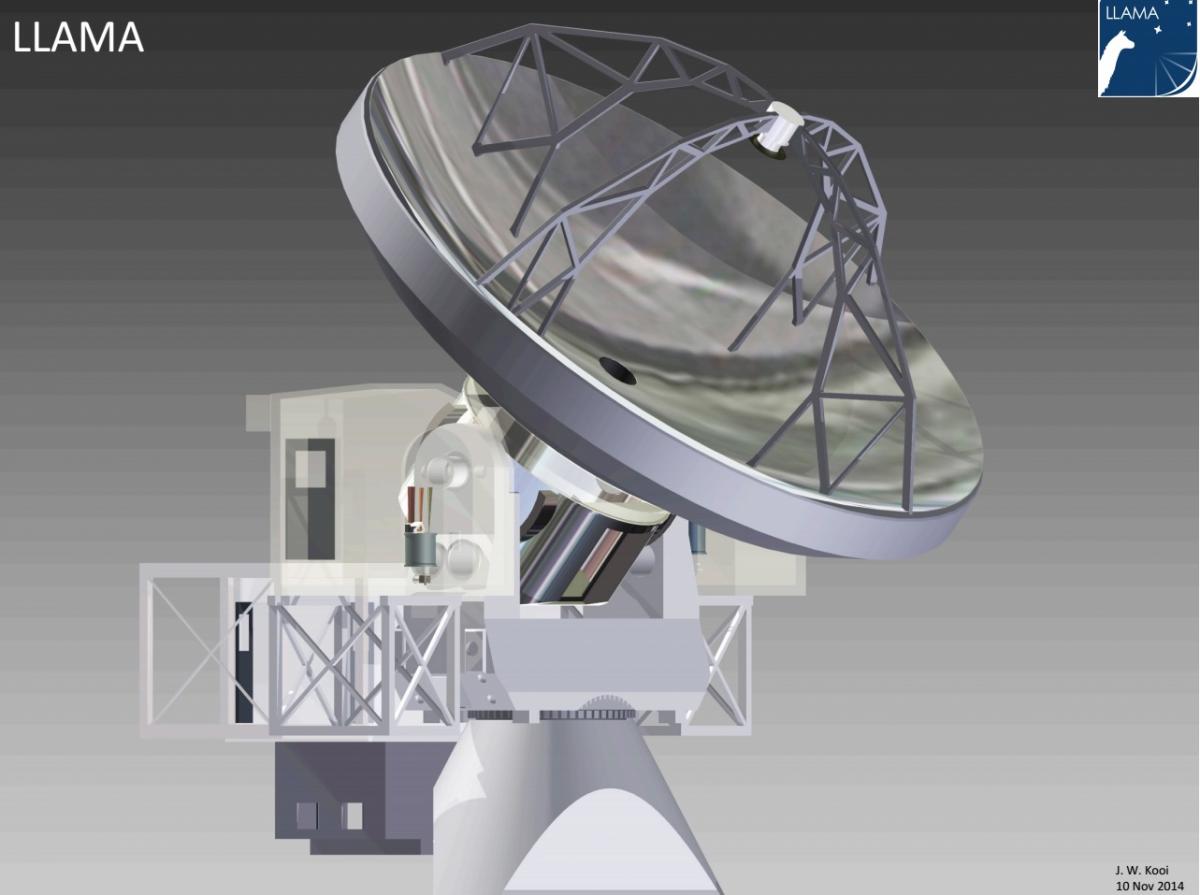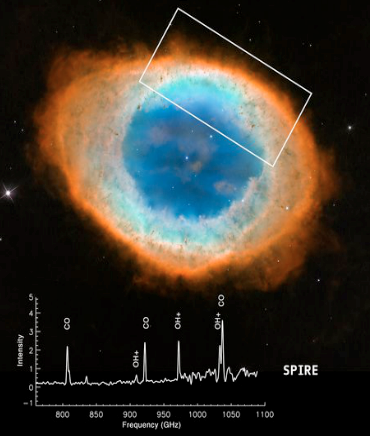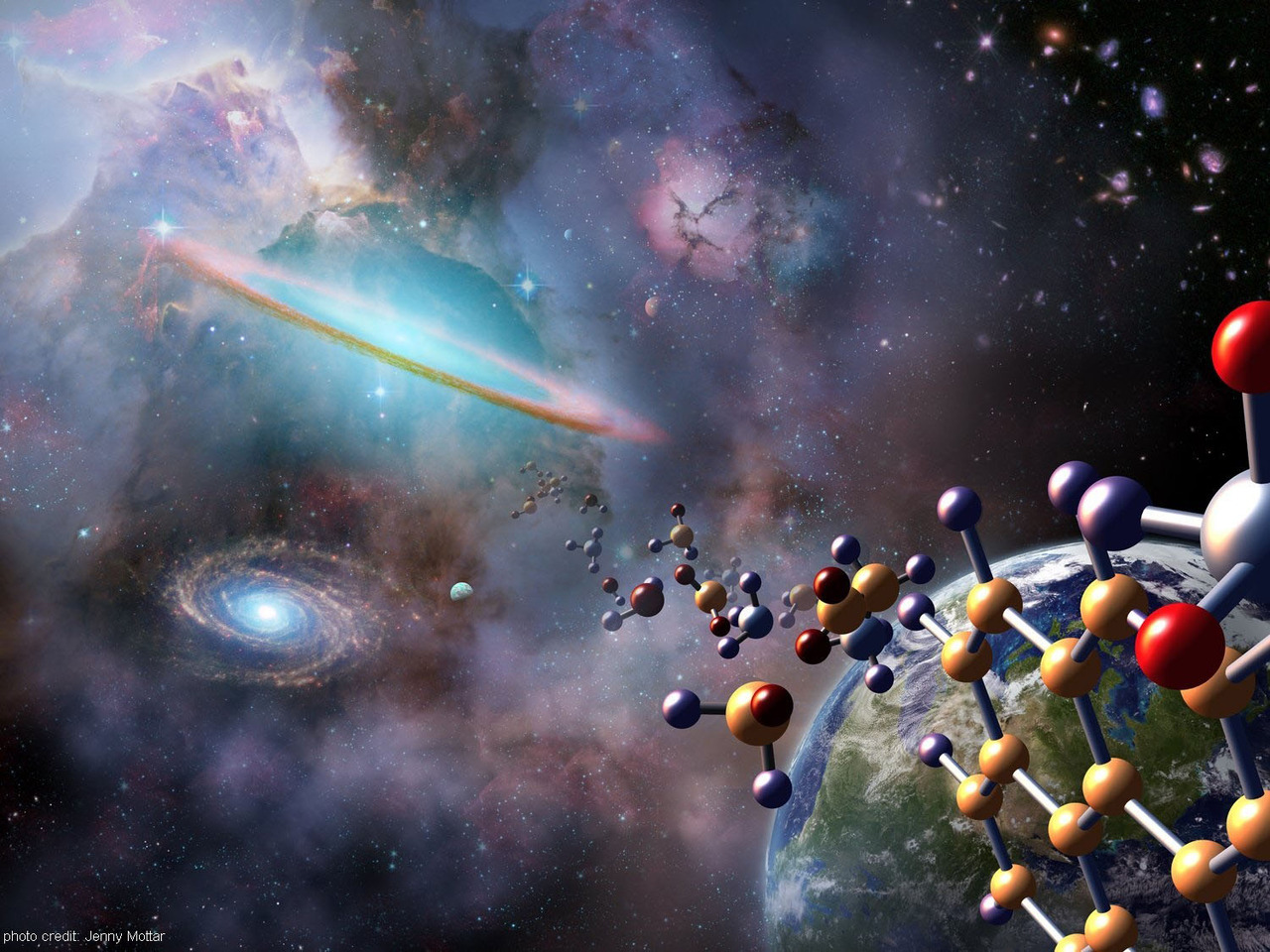Our Research
In our group we have a wide range of interests in observational and theoretical/modelling Astrochemistry. We have ongoing collaborations with national and international institutions. Se below some lines of research in our group (the list is by no means exhaustive).
Large Latin American Millimeter Array (LLAMA)
 |
Observations in the millimeter and submillimeter spectral range provide excellent tools to study the Astrochemistry as many molecules emit lines in this spectral region. The Large Latin American Millimeter Array (LLAMA) will be an observing facility for performing observations of the Universe at millimeter and sub-millimeter wavelengths. LLAMA is a joint project of Brazil and Argentina, schedule to start observations in 2018. |
The radiotelescope main reflector has a diameter of 12m. It is equipped with receivers that covers the frequency range from 35 GHz up to above 1 THz (millimeter and submillimeter wavelengths). For more information on LLAMA, visit the LLAMA website.
Calculation of Molecular Data
The most abundant molecules in the Galaxy are often unstable and/or hard to synthesize in laboratory. Our current research concentrates on:
- studying the molecules already discovered in space (about 130 chemical compounds: www.astro.uni-koeln.de/cdms/molecules),
- predicting the properties of unknown potentially interstelar and circumstellar species, and
- looking for possible interstelar and cometary sinthesis pathways.
Chemical Models
Chemical models can be calculates to explain the molecular emission and infer physical properties of gaseous nebulae. In our group we use chemical models to study, for example, comets, stellar outflows, planetary nebula, and active galactic nuclei (AGNs).
Comets
Comets are thoughy to be remnant material from the processes of formation and initial development of the planetary system. Since comets formed in a cold environment in the outer parts of the solar nebula, they contain besides volatile material (molecular ices) also dust that have been only slightly altered in some 4.6 billion years. Comets are therefore "time capsules" that have preserved information on the conditions in the early Solar System, coming from distances yet not able to be reached by a spacecraft (launched in 1977 Voyager 1 is at a distance of only 135 AU from Earth).
Planetary Nebulae
| Planetary nebulae (PN) are very important laboratories for the study of many topics, as stellar evolution, mass loss, cosmic abundances, the life cycle of gas and dust in a galaxy, and Astrochemistry. Recent observations made with Herschel, Spitzer, IRAM, and other instruments revealed that PNe have a rich and still not understood chemistry. |
 |
Complex Molecules
Identification and analysis of complex organic molecules in interstellar conditions, through spectral surveys in the sub-mm domain, are activities developed by the group. Topics as molecular complexity, presence of pre-biotic molecules and chemical reaction networks are explored, combining results obtained from line spectral analysis and chemical modelling, towards typical sources present in Star Forming Regions.
PAHs e PANHs
 |
Polycyclic Aromatic Hydrocarbons (PAHs) are molecules composed of multiple aromatic carbon rings and hydrogen. They are ubiquitous in space and can affect the chemistry and physics of the interstellar and circunstellar medium. PAHs can be studied through their emission in the Mid-IR spectral range. |
Variants of polycyclic aromatic hydrocarbons containing one or more N substituents, PANHs, may be a reservoire of nitrogen in the Universe and be the connection between PAHs and the nucleotides, building blocks of life.
Molecules of Biological Interest
The chemical composition of the present Universe is basically hydrogen. Heavy elements form through nucleosynthesis inside stars and, from those, a rich chemistry cam be produced in particular astrophysical locations as molecular clouds and interstellar gas. After successive reaction paths, compounds of increasing number of atoms are formed.
The formation paths of complex organics and other molecules of biological interest is one for the topics of our research. We also try to understand the chemistry of life, how it was initiated and possible different forms of life in the Universe. (In connection with the IAG-USP Astrobiology Group)
